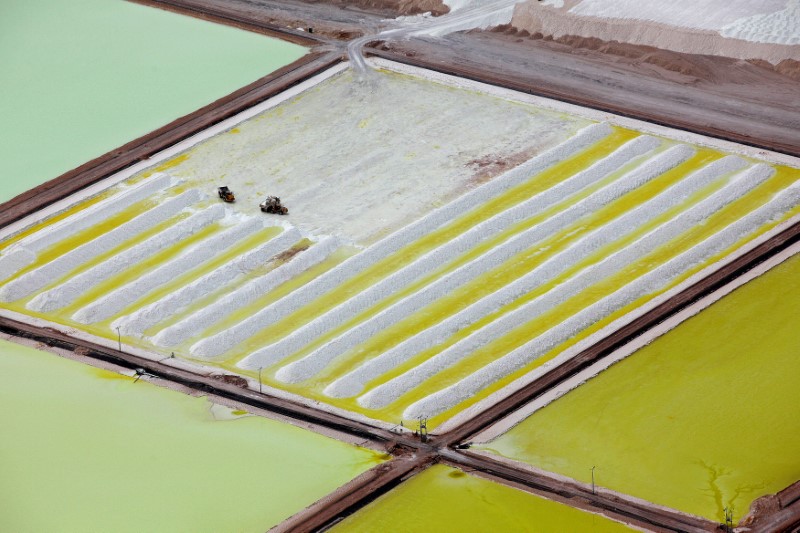Forrestania Resources Ltd (ASX:FRS) has returned highly anomalous lithium and LCT pathfinders in pegmatite rock chips at Breakaway Dam prospect within the Eastern Goldfields Project in Western Australia.
These results were received following the company’s recent mapping and reconnaissance field trips to the newly acquired Eastern Goldfields tenements.
The focus of these field trips was to further enhance geological understanding of the project areas and to further assess the potential for lithium mineralisation.
During the field trip, multiple elevated lithium values were identified alongside Mg/Li (magnesium/lithium) ratios
Furthermore, the fieldwork also indicates a potentially large-scale LCT pegmatite province, about 22 kilometres of previously untested granite or greenstone.
Identify priority targets
Forrestania managing director Michael Anderson said: “Our maiden work programs in the Eastern Goldfields have proven very encouraging.
“The initial identification of multiple outcropping pegmatites has now been followed by these highly anomalous results, which demonstrate the obvious prospectivity of the tenements.
“We will continue our systematic mapping and sampling to identify priority targets, to be drilled as soon as possible.”
Eastern Goldfields Project area (recent acquisitions highlighted in blue).
Forward plan
Forrestania intends to focus its exploration on the significant lithium, copper and gold potential of the Breakaway Dam/Alexandra Bore project area in the coming months.
The rock chip samples are presented in a highly weathered state and further analyses is required to fully characterise the lithium mineralisation in order to understand the lithium’s host minerals.
Further mapping trips and geochemical sampling will be undertaken in the short term, to define targets for a maiden drilling program.
Mapping and sampling programs are ongoing at the Breakaway Dam/Alexandra Bore project area (E29/1037 and E29/1036) with assays pending for several other samples collected (in recent weeks) from the Alexandra Bore area.
None of those samples (from E29/1036) are being reported here with those results expected in around six to eight weeks.
Upon receipt of the assays and after geological analysis, additional mapping and geochemical programs will be planned.
